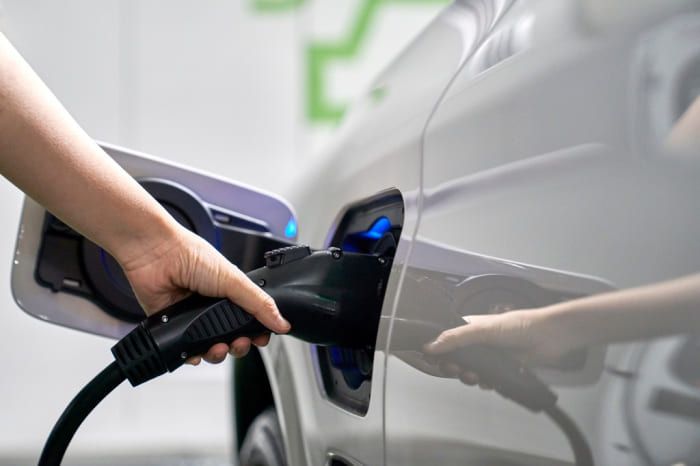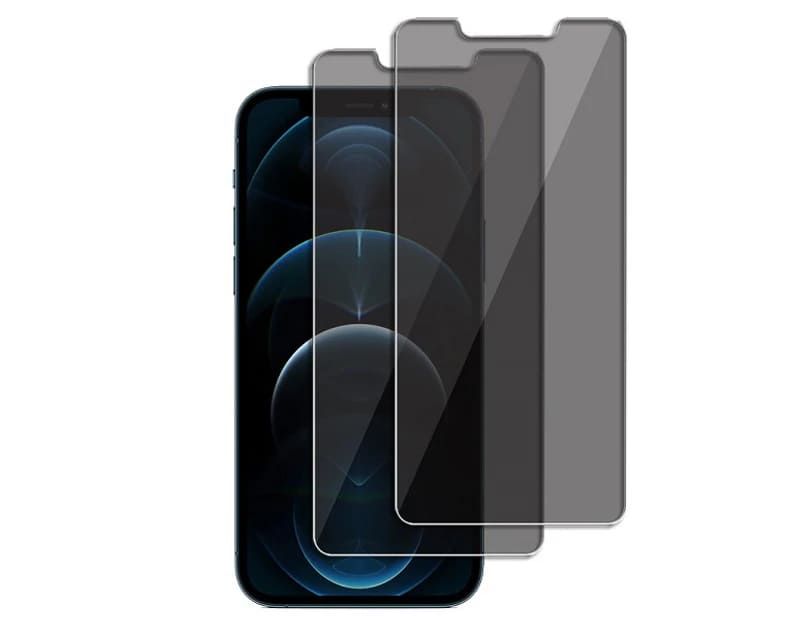With the boom of the electric vehicle (EV) market, the debate about how best to fast and effectively recharge batteries has been gaining momentum. Ultra-fast charging and battery swapping are two solutions that have become dominant. Each of these methods has its benefits and challenges that will determine the future of the EV infrastructure. Ultra-fast charging is almost a standard now, however, battery swap technology is getting popular in some countries. This article tells about the strengths, weaknesses and future use of the two systems in the growing EV market.
A Brief Guide to Construction Jobs

1. Ultra-Fast Charging (The Dominant Approach)
Most EV manufacturers have settled on ultra-fast charging, which delivers 80 percent of charge time in 15 to 30 minutes. Other companies, like Tesla, Porsche, and Hyundai, have poured tons of money into creating high-power charging networks with some stations even exceeding 350 KW. The convenience of plug-and-charge systems, and improving battery technology, make fast charging a preferred option for many drivers.
Ultra-fast charging comes with one of the biggest benefits, it is in line with current infrastructure. Unlike battery swapping stations, fast chargers can be installed at gas stations, parking lots, and even highways with relatively minor modifications. Moreover, with solid-state batteries and the recently announced 800V architectures coming into effect, the question of downtime will be minimized with higher charging speeds
But there are disadvantages to ultra-fast charging. Repeated high power fast charging can affect battery life. Strains on the grid are another concern, heavy power use during peak times could test electricity networks. And finally, even with improvements, charging times are still longer than refueling a gasoline car, making long journeys less convenient.
2. A Faster but Complicated Option: Battery Swapping
Battery swapping provides a radically different approach. Rather than waiting for a plug-in charge, drivers can switch out drained batteries for fully charged ones in less than five minutes. The company that champions this model the most is Chinese automaker NIO, which operates over 2,300 swap stations worldwide. Aulton and are among other companies also expanding swap networks — most notably for commercial fleGeely ets.
The biggest advantage of battery swapping is speed. Downtime is critical for taxi operators, delivery vans, and ride-hailing services, so swaps are highly attractive. Additionally, batteries are charged off-site, which allows them to fare better in terms of decay, inasmuch as they don't have to be charged quickly. Swapping also enables battery upgrades, which provides drivers access to newer, more efficient models without the need for a new car purchase.
But battery swapping has major challenges to overcome. The high infrastructure cost limits scalability—each station needs a large inventory of expensive batteries. Standardization presents another problem; different EV models utilize different battery designs, making universal swaps more difficult. Additionally, vehicle makers must build swap-ready vehicles, limiting adoption to select brands.
3. Which Solution Will Win?
It may not play out as a winner-takes-all scenario in EV energy replenishment. Instead, a hybrid model may take shape, with ultra-fast charging on the consumer side and battery swapping serving a broader need of the commercial sector and high-demand metropolitan areas. Tesla did test swapping in 2013, but it gave up, blaming low demand and high costs. But in China, where NIO excels, heavy government incentives and tighter cities make swapping a possibility. At the same time, ultra-fast charging is constantly getting better, with Tesla's V4 Superchargers and Mercedes' high power network changing the envelope of speed and efficiency.
In the end, the best solution will vary based on regional needs, vehicle types and infrastructure investments. As the evolution of battery technology continues, ultra-fast charging, as well as swapping, will serve as solutions to make EVs more practical and available. The real winner goes to the move to greener transportation, no matter how the energy is delivered.


Guess you like
-

In Pollen Allergy Season: Scientific Tools for Protection and Relief
-

Best Makeup Foundations for Flawless and Radiant Skin
-

Top Revenue-Generating Beauty Brands in the World
-

How Subway Became the Sandwich Empire
-

Razer Unveiled Project Arielle: A Revolutionary Air-Conditioned Gaming Chair Concept
-

Does Using an Anti-Spy Screen Protector on Your Phone Damage Your Eyes?
Trending
-
1

Kim Kardashian vs. Kylie Jenner: A Deep Dive Into Which Beauty Empire Deserves Your Money
-
2

Finding the Perfect Foundation for Students: Gentle, Affordable, and Skin-Friendly Options
-
3

Avoid These Kylie Cosmetics Products: A Honest Review
-
4

Why Has Dior 999 Remained an Iconic Lipstick for Decades
-
5

Why Can Chanel No. 5 Endure Forever Among So Many Perfumes
-
6

Best Makeup Foundations for Flawless and Radiant Skin
Featured?Articles
-

Kim Kardashian vs. Kylie Jenner: A Deep Dive Into Which Beauty Empire Deserves Your Money
-

Finding the Perfect Foundation for Students: Gentle, Affordable, and Skin-Friendly Options
-

Avoid These Kylie Cosmetics Products: A Honest Review
-

Why Has Dior 999 Remained an Iconic Lipstick for Decades
-

Why Can Chanel No. 5 Endure Forever Among So Many Perfumes
-

Best Makeup Foundations for Flawless and Radiant Skin


